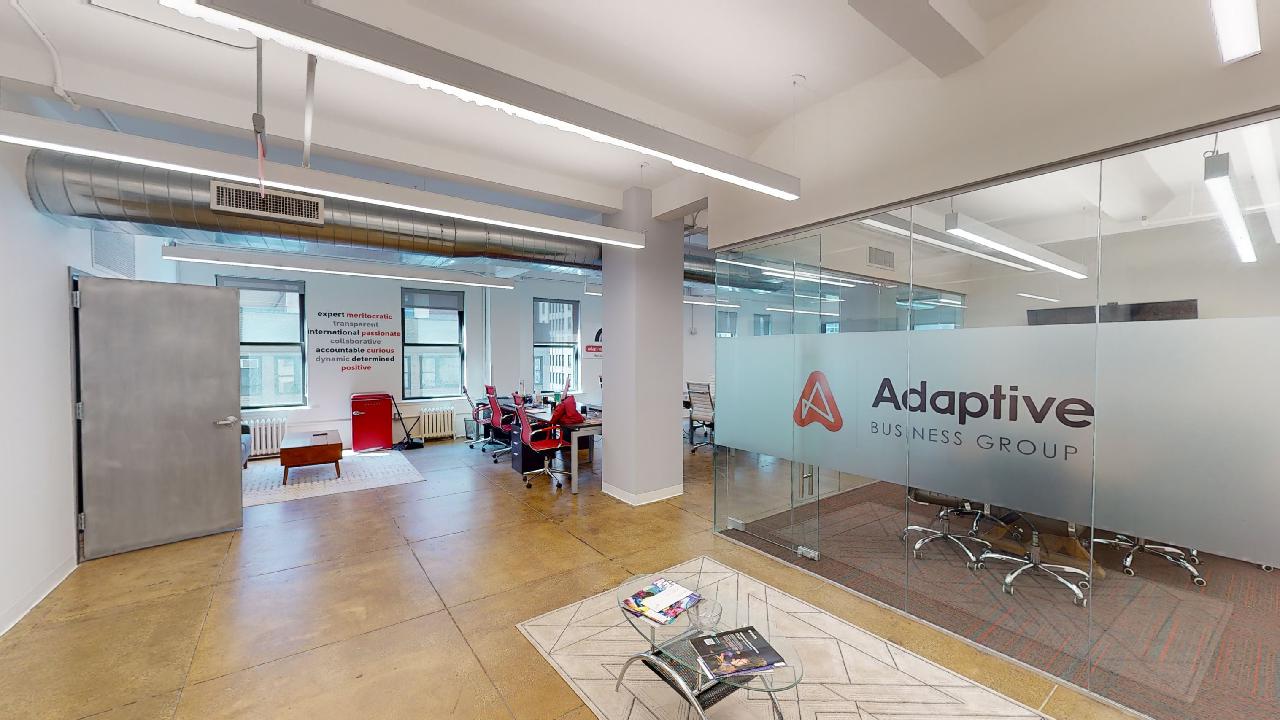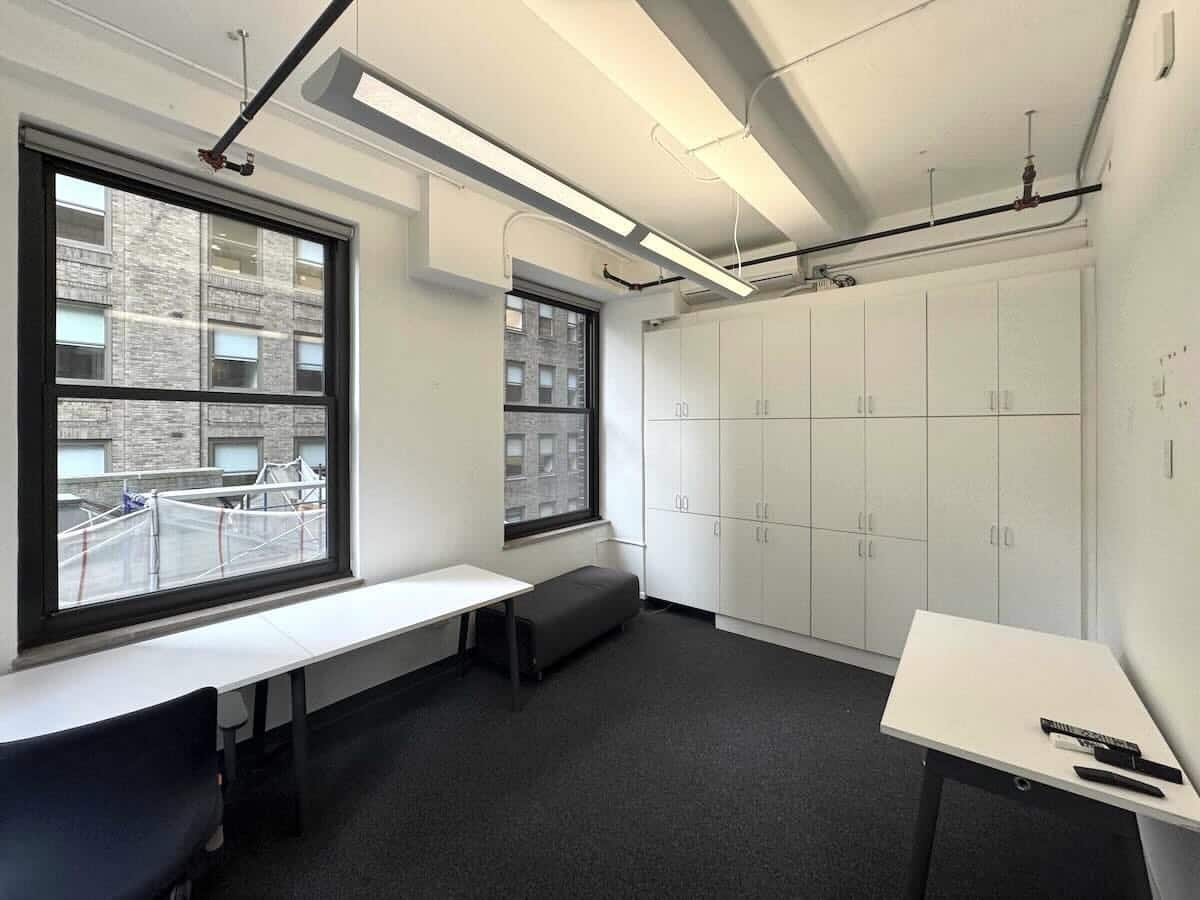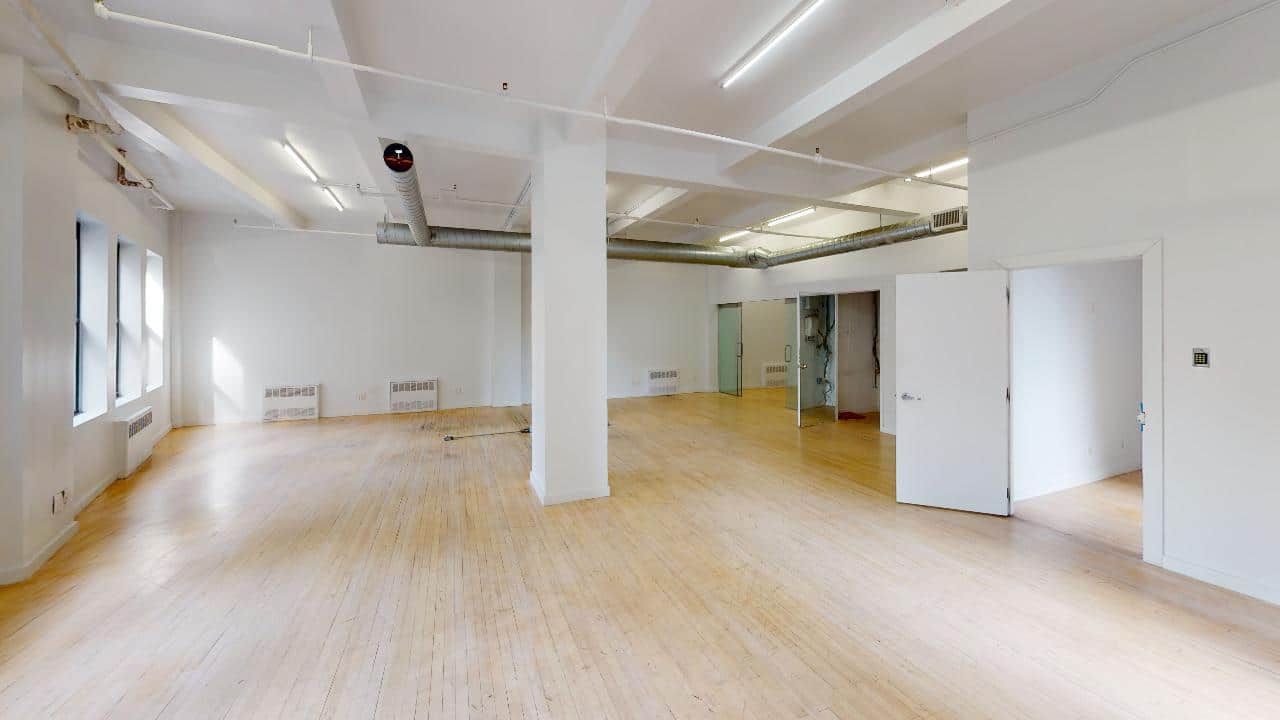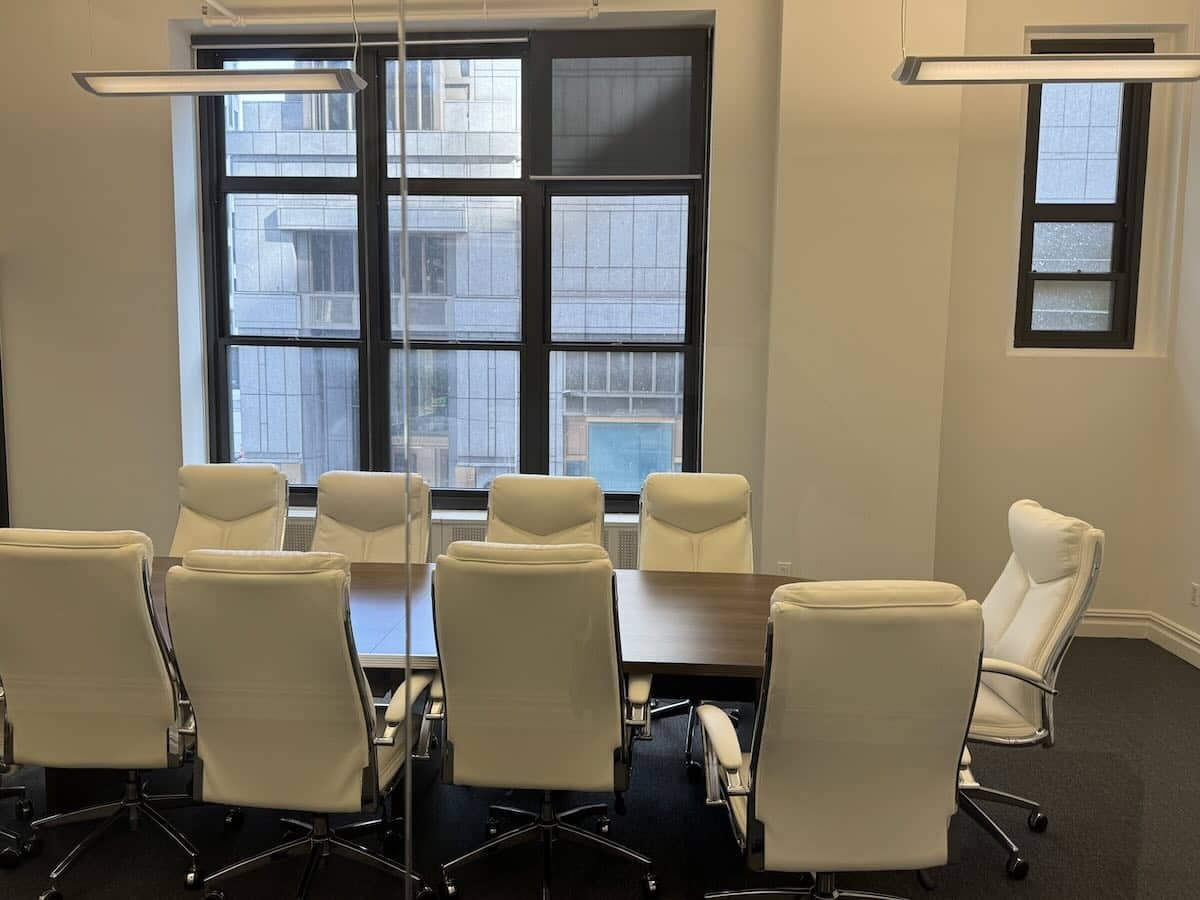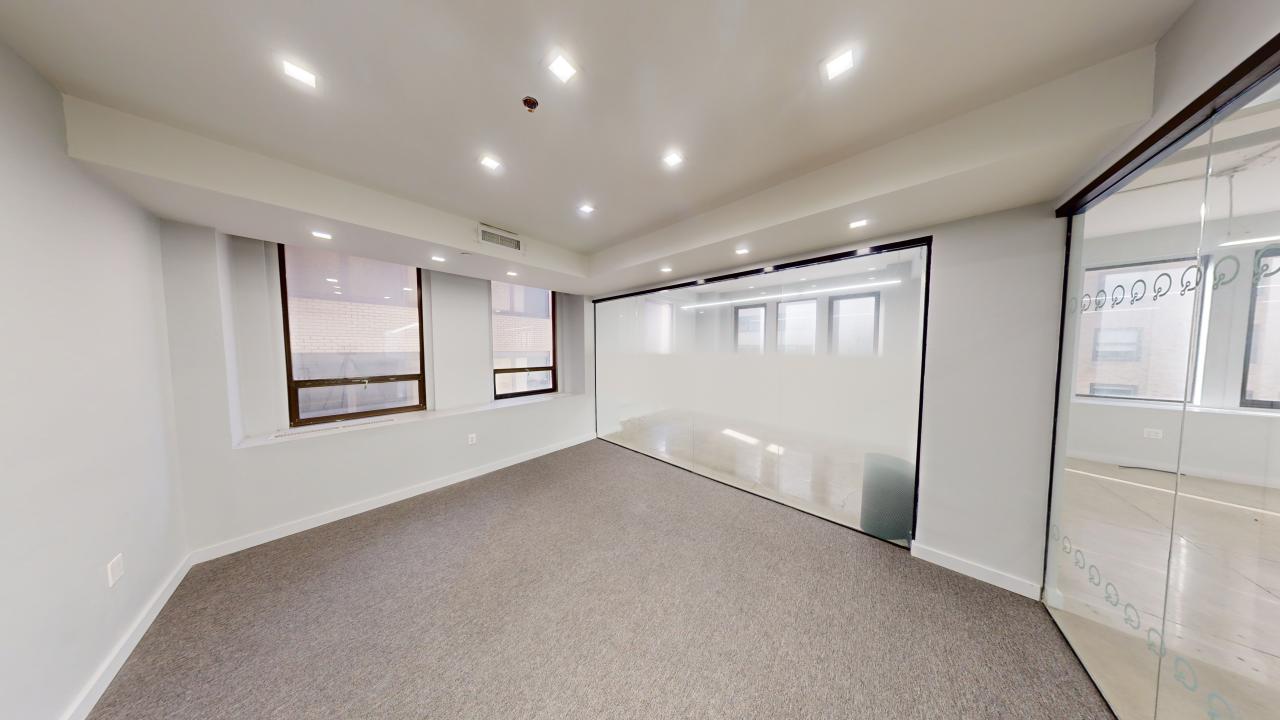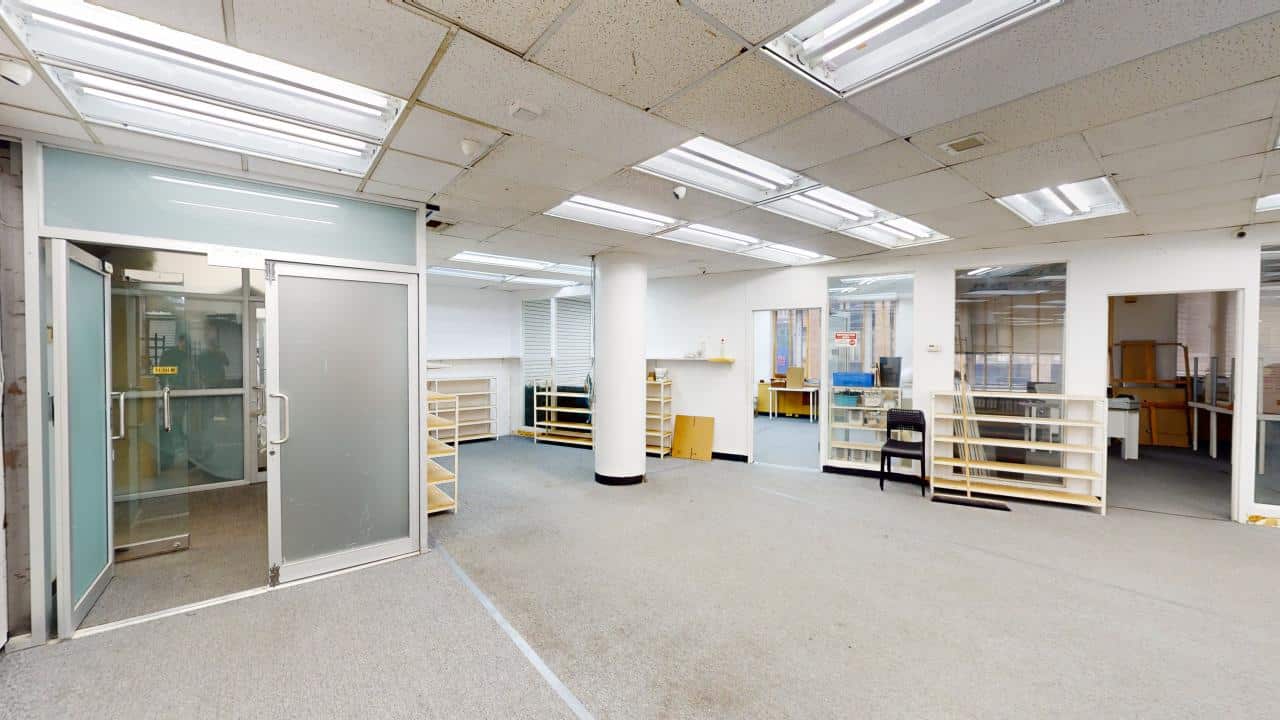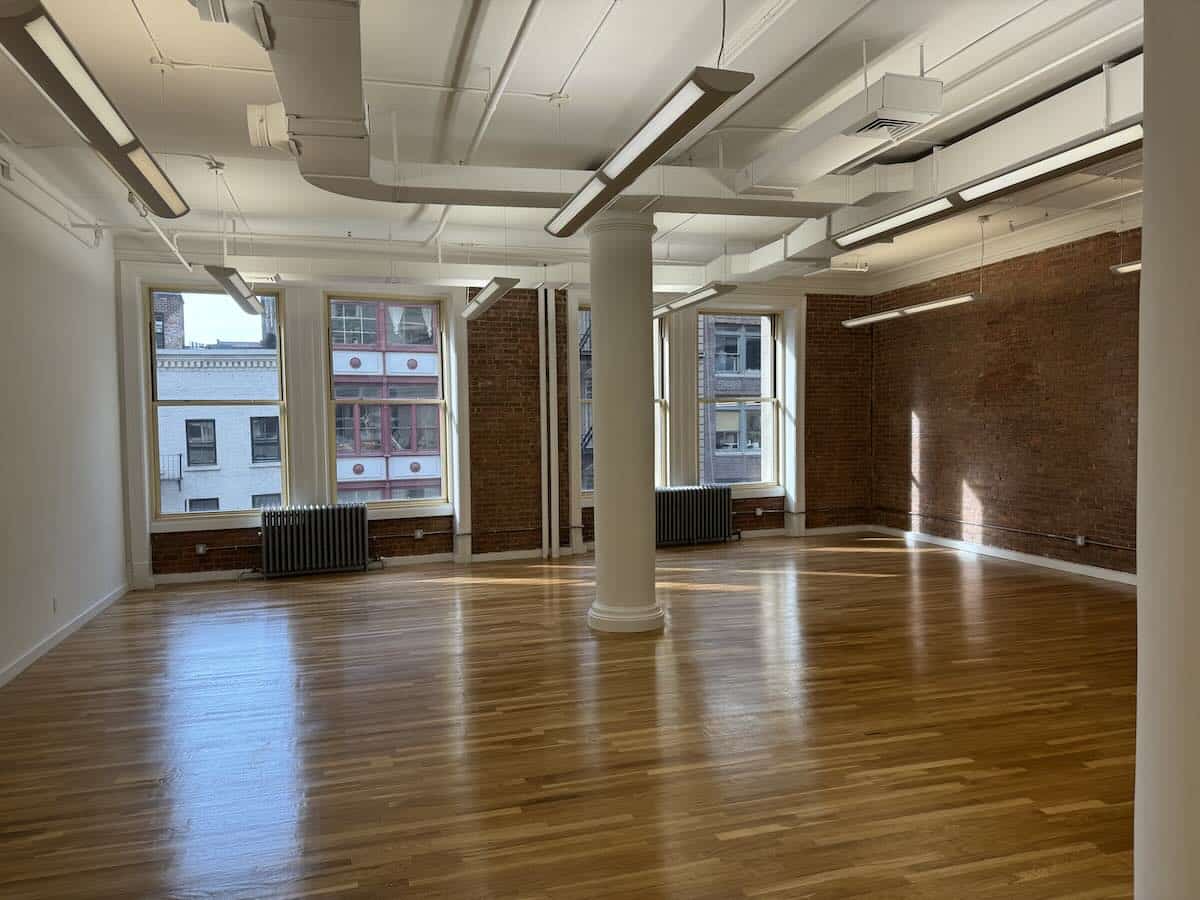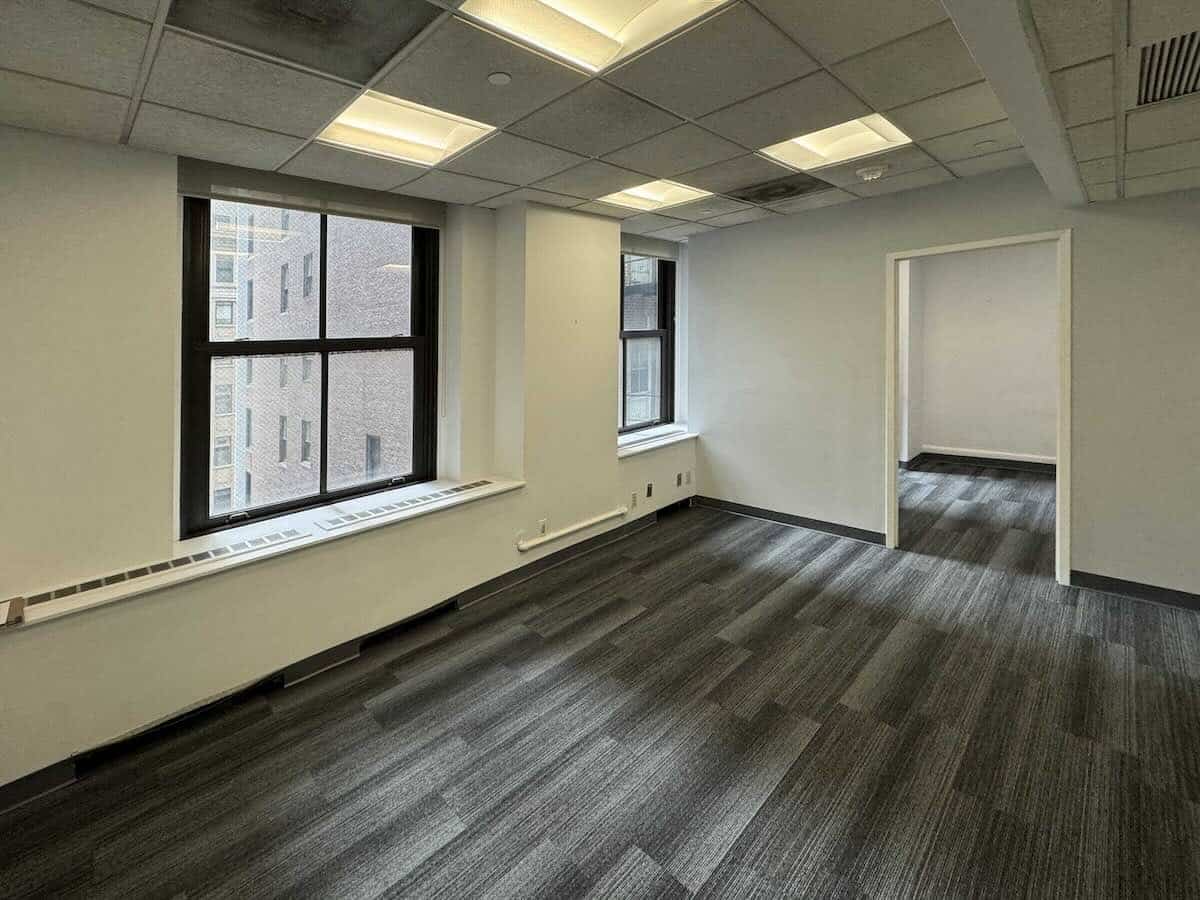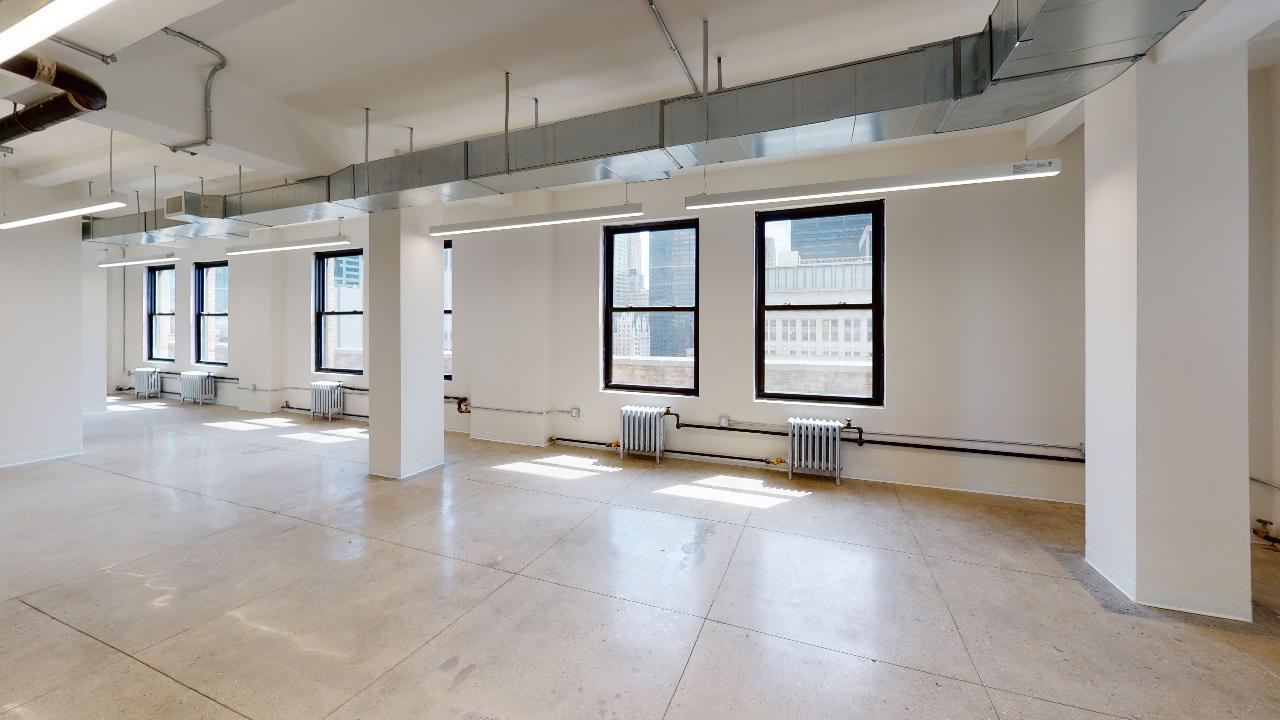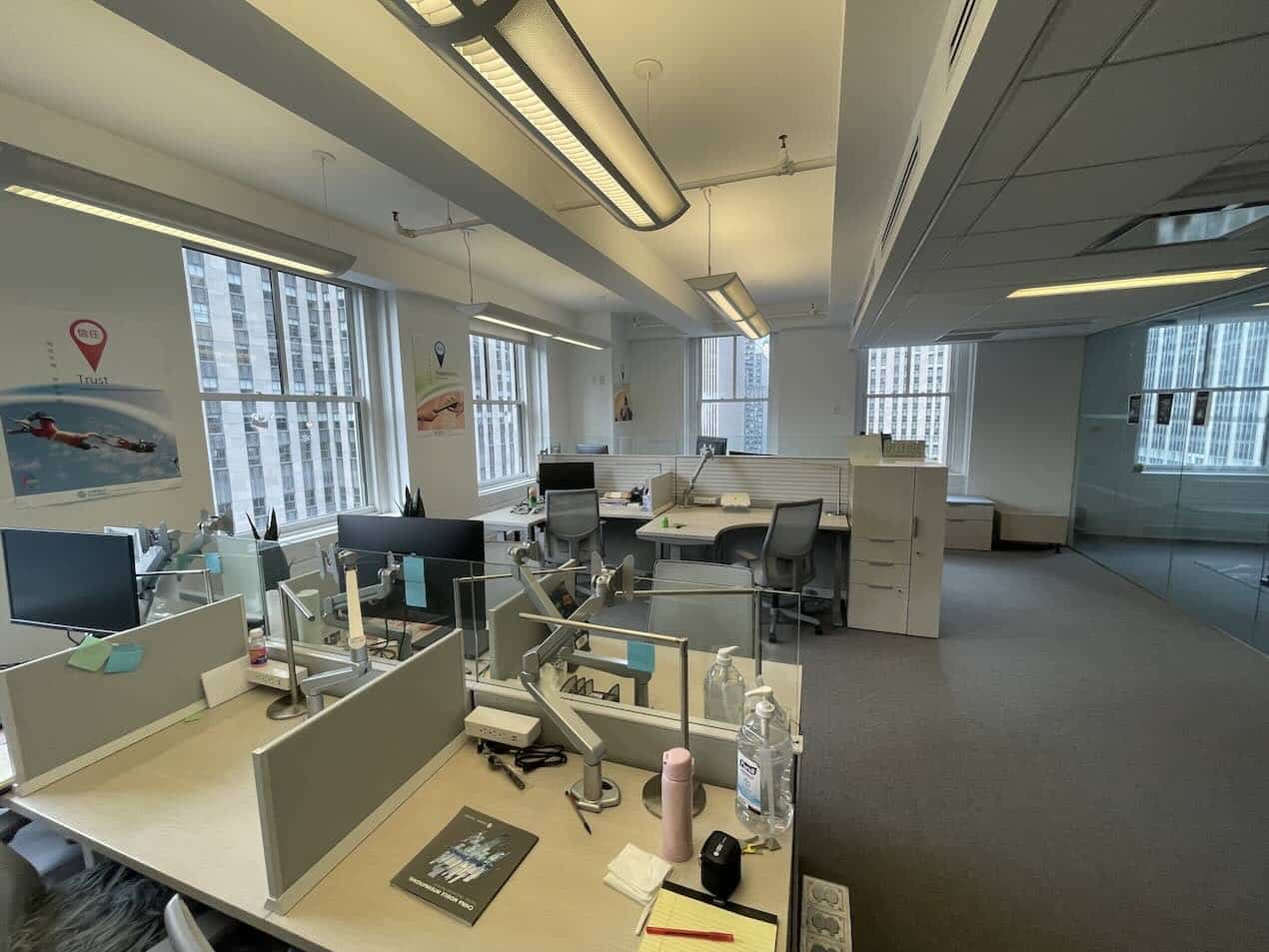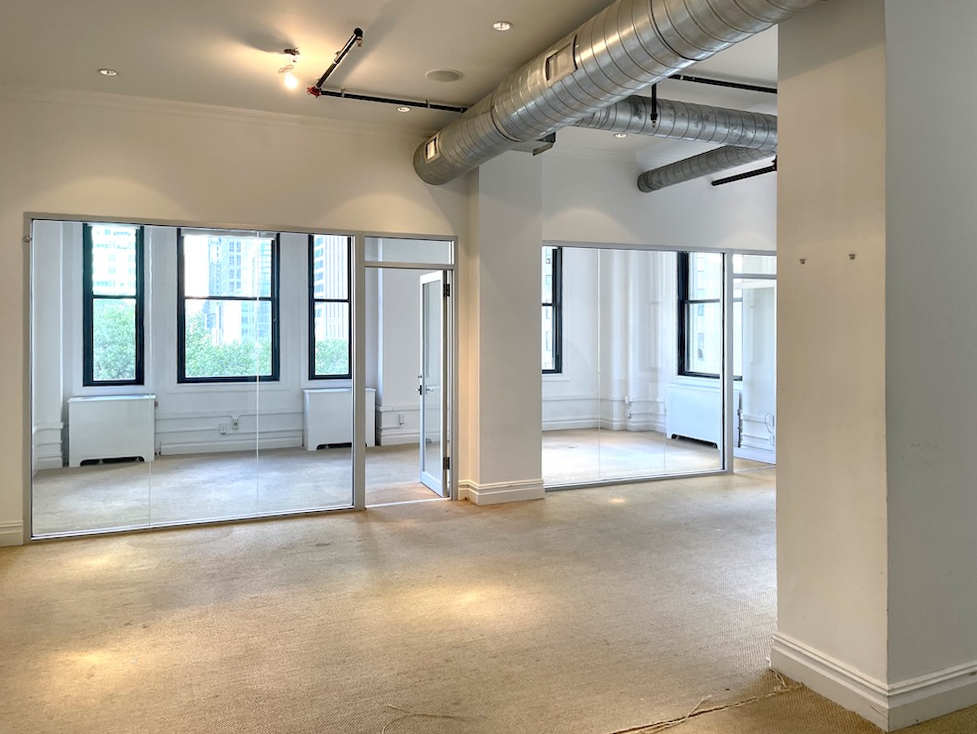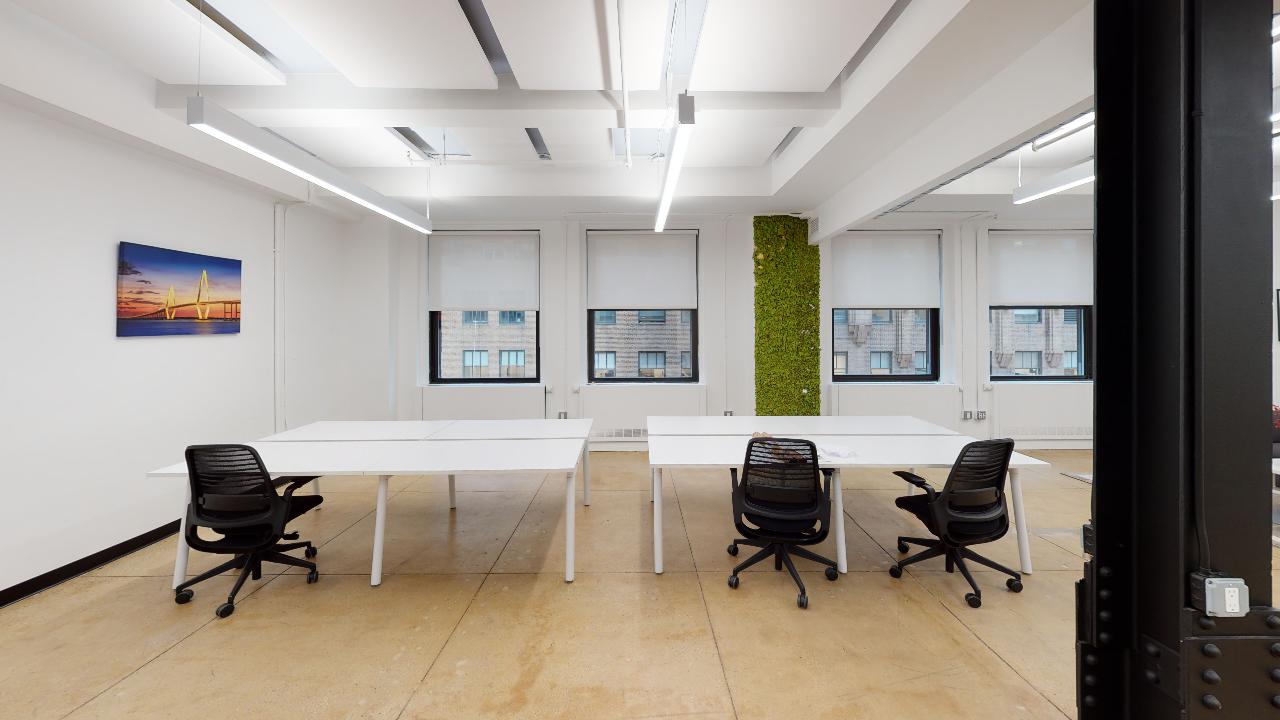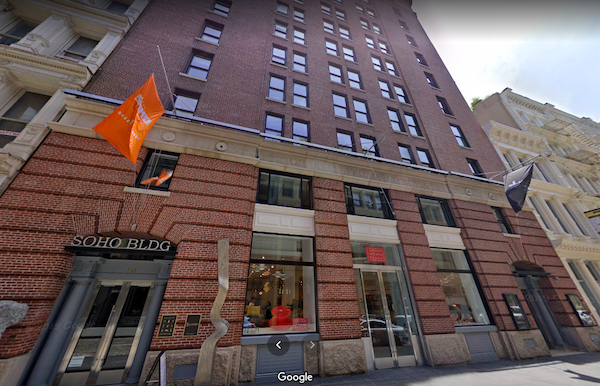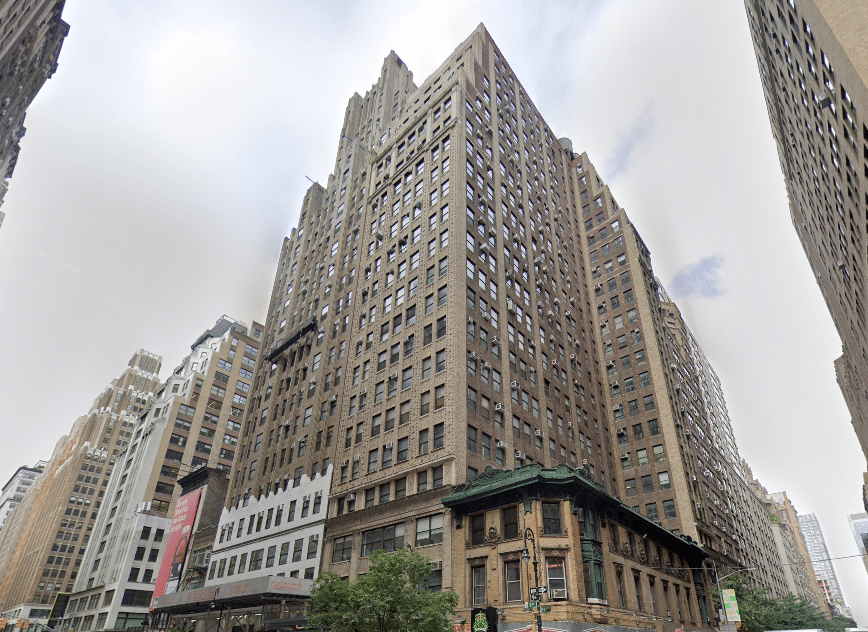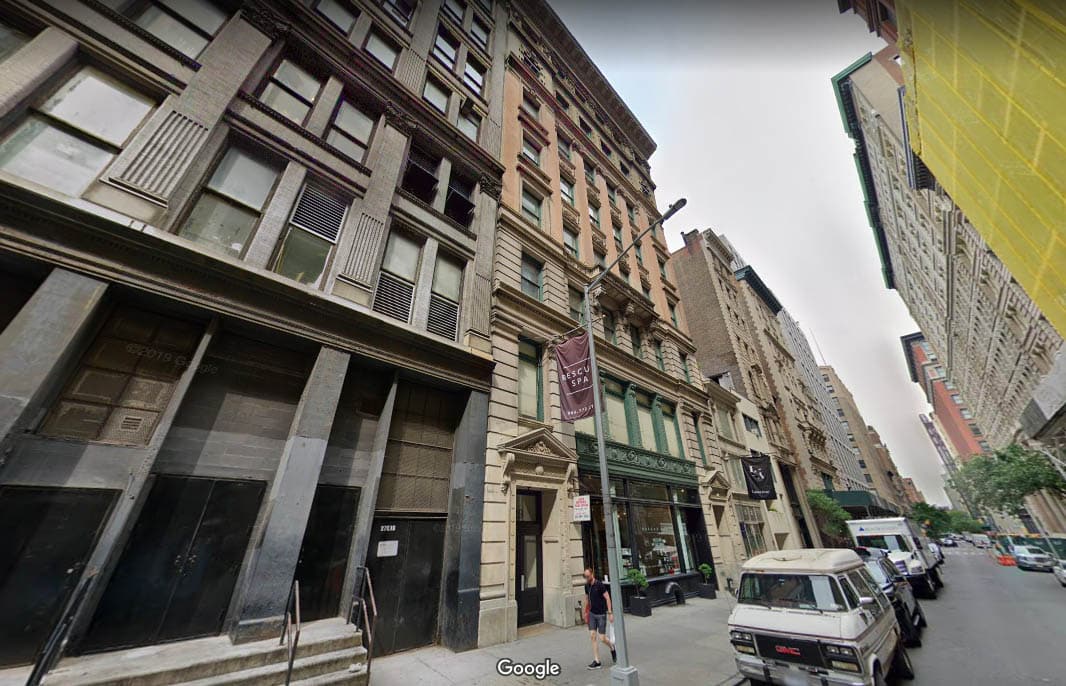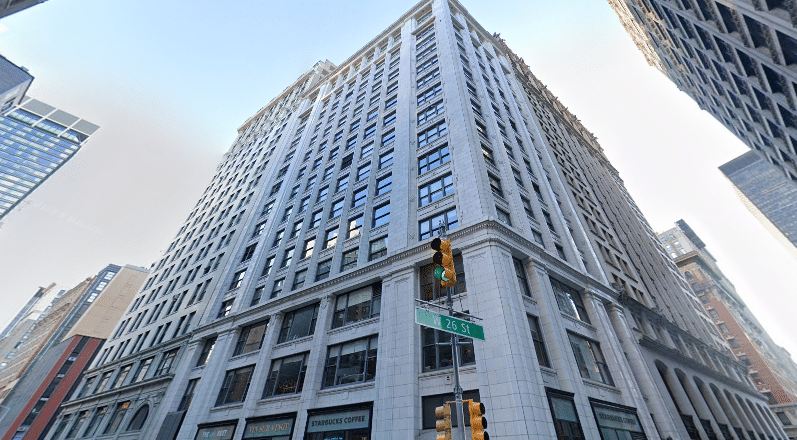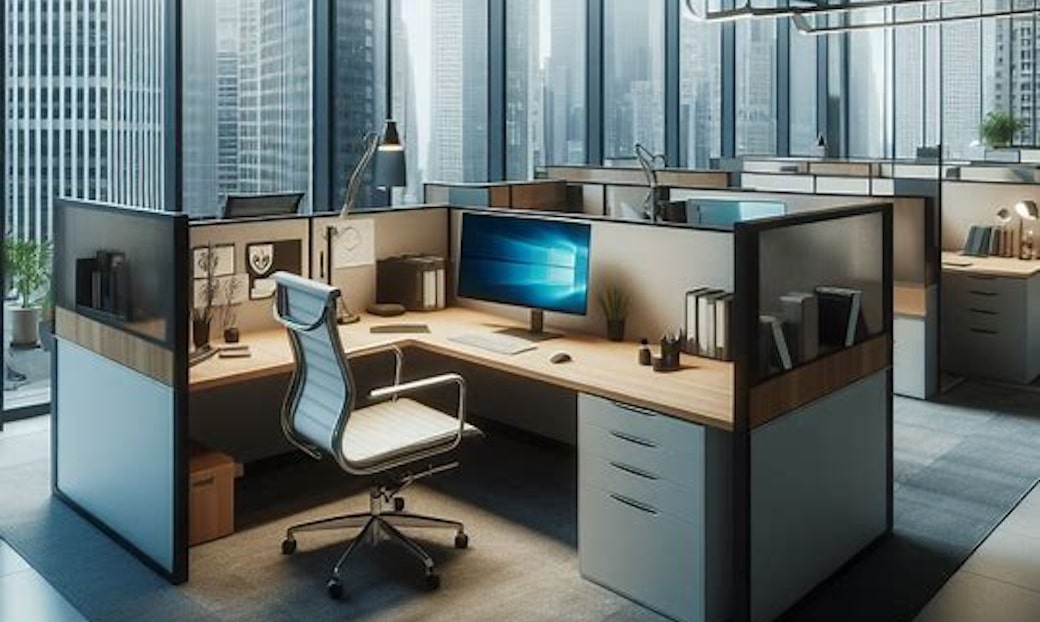As the world grapples with the COVID-19 pandemic, the workplace as we know it has undergone a drastic transformation. Many businesses have shifted to virtual operations to keep their employees safe and maintain productivity, making remote work necessary.
Thus, this paradigm shift has significantly impacted New York City’s office market.
The bustling streets of New York City fell silent as non-essential activities shut down. In response, many switched to remote work, causing less need for office spaces.
This shift has revolutionized the workplace, with many questioning the future of office space in the city. But, as remote work becomes increasingly popular, what does it mean for the future of NYC’s office market? Will businesses continue to require physical office spaces, or will remote work become the norm? Is there a future for small businesses in severely affected sectors, like retail, hospitality, and restaurants?
These critical questions will shape the future of NYC’s real estate market, and only time will tell how it will all unfold.
Tech Leads the Remote Work Revolution
Facebook, Google, and Twitter are at the forefront of the remote work revolution. Facebook and Google have announced that employees can work from home for the remainder of the year. Twitter has gone a step further by allowing staff to work from home permanently if they wish.
NYC’s lockdown in March 2020 forced all sectors to send employees home. Including slow-to-adapt sectors like financial services, real estate, and healthcare. Since then, firms like JP Morgan Chase and Morgan Stanley have gradually embraced remote work.
Despite concerns about productivity, communication, data sharing, and security, remote work has proven successful for many companies. The shift has led businesses and employees to reevaluate their work approach and see remote work as feasible.
The New York City office market awaits the impact of the tech-led remote work revolution. Will more businesses follow in the footsteps of tech giants? What will the long-term implications be for the city’s real estate market?
New York City’s Office Space Challenges
The Covid-19 pandemic has drastically changed the dynamics of the New York City office market.
The market thrived pre-outbreak, with office rents exceeding $100/sq ft in neighborhoods like Hudson Yards and the Plaza District.
Furthermore, at one point, developers had up to 16 million square feet of new office space in the pipeline. Significant projects like Hudson Yards, Manhattan West, and One Vanderbilt were underway. Developments in Brooklyn and Queens, such as Essex Crossing, Terminal Stores, and The Jacx, were also in the planning stages.
However, things have changed since then. To the point where a New York Times report reveals large corporations like Barclays and Morgan Stanley now question the practicality of housing thousands of employees in a single building.
Now that companies of all sizes realize that remote work is a viable option, they could continue embracing it to ensure the safety and health of their employees.
As the office market grapples with this new reality, the question remains: what will happen to the glut of office space already under construction, and how will developers adjust to the changing needs of tenants?
Days of Jam-Packed Office Space Over
Gone are the days of jam-packed offices with buzzing open floor plans and hotdesking. As the world realizes its new normal; clearly, the trend toward remote work is here to stay. According to a recent Zippia survey, half of Americans want to continue working from home post-pandemic.
Yet, many jobs do not suit the remote work model. Specific positions will also require employees to return to the office. Yet the office they return to is likely to be vastly different. For instance, building owners and managers will take drastic measures to ensure the health of those working in their buildings. They could implement social distancing measures, increase ventilation, and enhance cleaning protocols. In addition, companies will reevaluate their approach to office space and prioritize supporting their employees’ health and well-being.
As a result, the debate on the pros and cons of the open office has ended abruptly. Once lauded for promoting collaboration and communication, the open office design now receives criticism for impeding productivity and negatively affecting employee well-being. Furthermore, the pandemic has further exposed the limitations of open offices, leading to a shift in focus toward private workspaces and social distancing.
Office space providers and landlords are adapting to changing trends and rethinking their strategies to meet the new demands of tenants. They are implementing new technology and design features, such as touchless entry, improved air filtration systems, and outdoor spaces. While the days of jam-packed offices may be over, the office space of the future promises to provide a safer, healthier, and more productive alternative.
The New and Improved Workspace of the Future
Office spaces are transforming to meet the demands of the new workspace of the future shaped by the ongoing pandemic. Tenants and landlords collaborate to implement social distancing measures and ensure the office adheres to them.
Cleanliness and disinfection of offices and common areas is one area they’re collaborating on to prevent the virus’s spread. Ventilation is another crucial factor to consider.
New buildings may have an easier time implementing measures to prevent the spread of the virus. In contrast, retrofitting the latest technologies and ventilation systems can be challenging for older buildings. For example, in Manhattan, numerous office buildings still rely on outdated ventilation systems or window air conditioners. As a result, landlords often need to invest heavily in upgrading these systems to attract tenants and maintain cash flows.
Consequently, tenants could pay closer attention to buildings with the latest technologies and modern ventilation systems.
Remote Work as a Catalyst for Change
The NYC office market is seeing a significant trend of subleasing due to remote work. According to Savills’ vice chairman, David Goldstein subleases now hit the market faster and compete with direct space.
Additionally, some employers could consider establishing smaller satellite offices in suburban areas. Doing so could save on rent costs and provide employees with a more flexible work environment. As a result, landlords may need to adapt by leasing smaller spaces in different areas to meet the changing needs of these companies.
Potential Migration to the Suburbs
The Covid-19 pandemic and the widespread adoption of remote work have significantly impacted rental prices in major U.S. cities. While living in urban centers like New York City, San Francisco, or Los Angeles has always been expensive, people have been willing to make sacrifices to take advantage of these cities’ job opportunities. However, many reevaluate their priorities, with remote work becoming more common.
People who keep working from home to avoid long commutes may be willing to give up the social aspect of working in an office for extra personal time. With no need to be physically present in the city, workers may opt to move out of expensive downtown areas and into the suburbs or other cities where the cost of living is lower.
This shift could have a ripple effect on recruiting strategies, as employers will no longer be limited to hiring candidates in their immediate area. Instead, they will be free to seek out the best talent from all over the country without offering costly relocation packages. As a result, skilled workers no longer tied to a particular location may find it easier to be attracted to businesses.
The Key Takeaway
The COVID-19 pandemic has caused a significant shift in the workplace, with remote work becoming the new norm, which has substantially impacted the office market in New York City. As the tech industry leads the way in adopting remote work, many question the future of traditional office spaces in the city. However, despite initial concerns about productivity and security, many companies have succeeded with remote work during the pandemic.
The impact of remote work on the New York City office market remains uncertain in the long term. Therefore, the city must carefully plan and consider the future of office work, especially with half of all Americans expressing their desire to continue working from home post-pandemic.
As companies and employees continue to adapt to the new realities of remote work, the office market must adjust accordingly. It means rethinking the design of office spaces, considering new technologies to support remote work, and finding ways to maintain collaboration and community within a distributed workforce. By embracing these changes, New York City can ensure that its office market remains competitive and responsive to the needs of the modern workforce.
To better understand how the remote work trend affects the New York City office space market, consider the valuable insights shared below by Alan Rosinsky, Principal Broker at Metro Manhattan.


